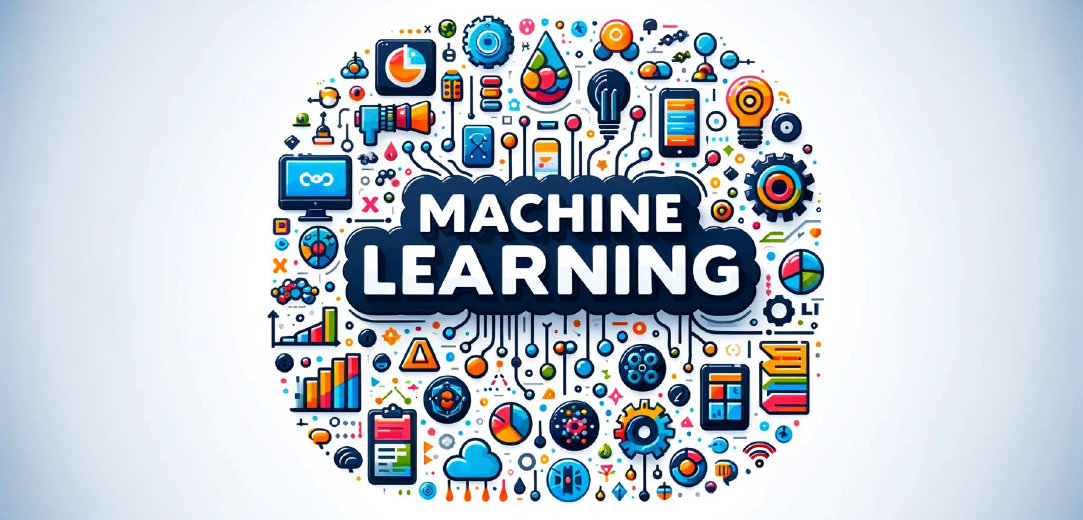Batter Links: Your Gateway to Trending News
Stay updated with the latest trends and insights from around the world.
Machine Learning: When Algorithms Get A Mind Of Their Own
Discover the fascinating world of machine learning where algorithms evolve and surprise us. Unlock the secrets behind AI's clever decisions!
How Machine Learning Algorithms Evolve Beyond Their Initial Programming
Machine learning algorithms are designed to improve their performance over time by analyzing data patterns and adjusting their parameters accordingly. This process, known as model training, allows these algorithms to learn from past experiences and adapt to new data inputs. As they are exposed to more information, they can identify trends and correlations that were not part of their initial programming. For instance, a recommendation system might start by suggesting items based on basic user behaviors, but through continuous learning, it can refine its suggestions to accommodate individual preferences and changing trends. This evolution is crucial for maintaining accuracy and relevance in fast-paced environments.
Furthermore, the capabilities of machine learning algorithms extend beyond mere adaptation; they can also incorporate elements of unsupervised learning to discover hidden patterns without explicit instructions. This enables algorithms to refine themselves autonomously as they encounter diverse datasets. For example, a clustering algorithm may group data into different clusters initially based on predefined attributes, but over time it can re-evaluate its clusters as new data comes in, potentially leading to improved accuracy. To explore more on how algorithms evolve, you can check out this article detailing the stages of machine learning evolution.

Understanding the Black Box: What Happens Inside Machine Learning Models?
Machine learning models are often referred to as black boxes, primarily because their internal workings can be opaque and difficult to interpret. When data is fed into these models, they utilize complex algorithms and mathematical operations to make predictions or classifications. To break down this complexity, we can consider several key components:
- Data Ingestion: Raw data is collected and processed to create a suitable format for the model.
- Feature Extraction: The model identifies patterns and features that are important for making predictions.
- Model Training: This step involves using labeled data to train the model to adjust its parameters based on the input it receives.
For a deeper understanding of the mechanics behind machine learning, consider reading this comprehensive guide.
Despite their effectiveness, the black box nature of these models raises concerns regarding transparency and accountability, particularly in sensitive applications such as healthcare and finance. Key issues include:
- Interpretability: Can we understand why a model made a specific decision?
- Bias: Are the decisions influenced by biased data?
- Regulatory Compliance: How can we ensure that Machine Learning models comply with laws and ethical standards?
For more on the challenges of interpreting machine learning models, check out this survey article.
The Ethical Implications of Autonomous Algorithms in Machine Learning
The rise of autonomous algorithms in machine learning has introduced profound ethical implications that cannot be overlooked. One of the primary concerns is the issue of bias in algorithmic decision-making. When algorithms are trained on biased data sets, they can perpetuate or even exacerbate existing inequalities. For instance, a study from MIT Technology Review highlighted how facial recognition technologies often misidentify individuals from marginalized groups, resulting in unfair treatment in various applications, from hiring practices to law enforcement. This underscores the necessity for developers to incorporate ethical standards and diverse training data to mitigate biases and ensure fair outcomes.
Moreover, the accountability of autonomous algorithms remains a contentious issue, particularly in scenarios involving critical decisions like healthcare and criminal justice. Who is responsible when an algorithm fails or causes harm? A report from the National Intelligence Council emphasizes the importance of transparency and the establishment of regulatory frameworks to hold developers accountable. As machine learning continues to evolve, it is imperative for stakeholders, including policymakers, technologists, and ethicists, to collaboratively explore these ethical implications to harness the potential of AI responsibly and ethically.